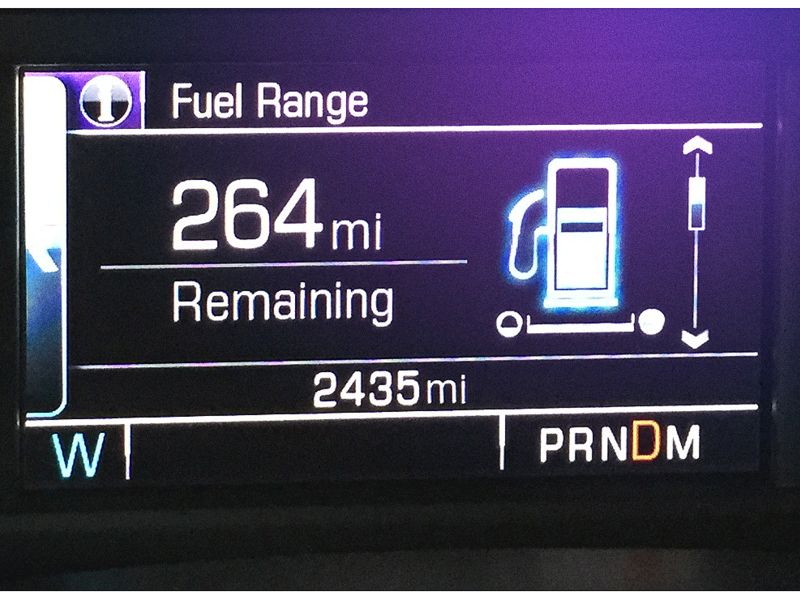
Many drivers rely on a car’s in-dash fuel economy display to show the estimated number of miles the car gets per gallon of gasoline, but those estimates aren’t always accurate, according to a Tuesday report from the American Automobile Association.
And when it comes to shorter trips, “miles-to-empty” estimates varied greatly in tests conducted by AAA and the Automotive Research Center of the Automobile Club of Southern California. Variance also depends on factors affecting gas mileage, such as speed and acceleration.
AAA says drivers take an “unnecessary risk” if they overly rely on the displays. Plenty of drivers may already be doing that — about 74 percent of drivers use those miles-to-empty estimates to decide when to fill up their gas tanks, AAA found in a consumer survey.
To calculate the accuracy of a vehicle’s fuel economy estimations and miles-to-empty systems, AAA and the ARC used a dynamometer, an instrument that measures an engine’s power output.
“We ran our test vehicles through different driving situations ranging from cruising at highway speeds to being stuck in traffic to typical city driving,” said Megan McKernan, manager of the ARC, in a release about the research findings. “Despite the irregularities our testing found, a vehicle’s fuel economy display is an important tool to understand how different driving styles impact how efficiently a vehicle uses fuel.”
The two organizations found the fuel economy displays of the tested vehicles were off by “a relatively low” 2.3 percent when compared with fuel economy measurements reported by the dynamometer.
The level of inaccuracy varied widely vehicle to vehicle. In one case, a test vehicle’s display overestimated fuel economy by 6.4 percent, or 2.2 mpg. Another test vehicle display underestimated fuel economy by 2.8 percent, or 0.9 mpg. Each car exhibited a different reaction to driving changes, and driving styles and road conditions also influenced accuracy.
The accuracy of miles-to-empty displays also fluctuated across tests. The two organizations concluded that range estimation is affected by a vehicle’s most recent driving conditions.
Those displays can be useful, but they are most accurate when a driver resets the vehicle’s trip data after filling up the gas tank, according to AAA and the ARC.
AAA recommends filling up when the vehicle reaches a quarter of a tank.

